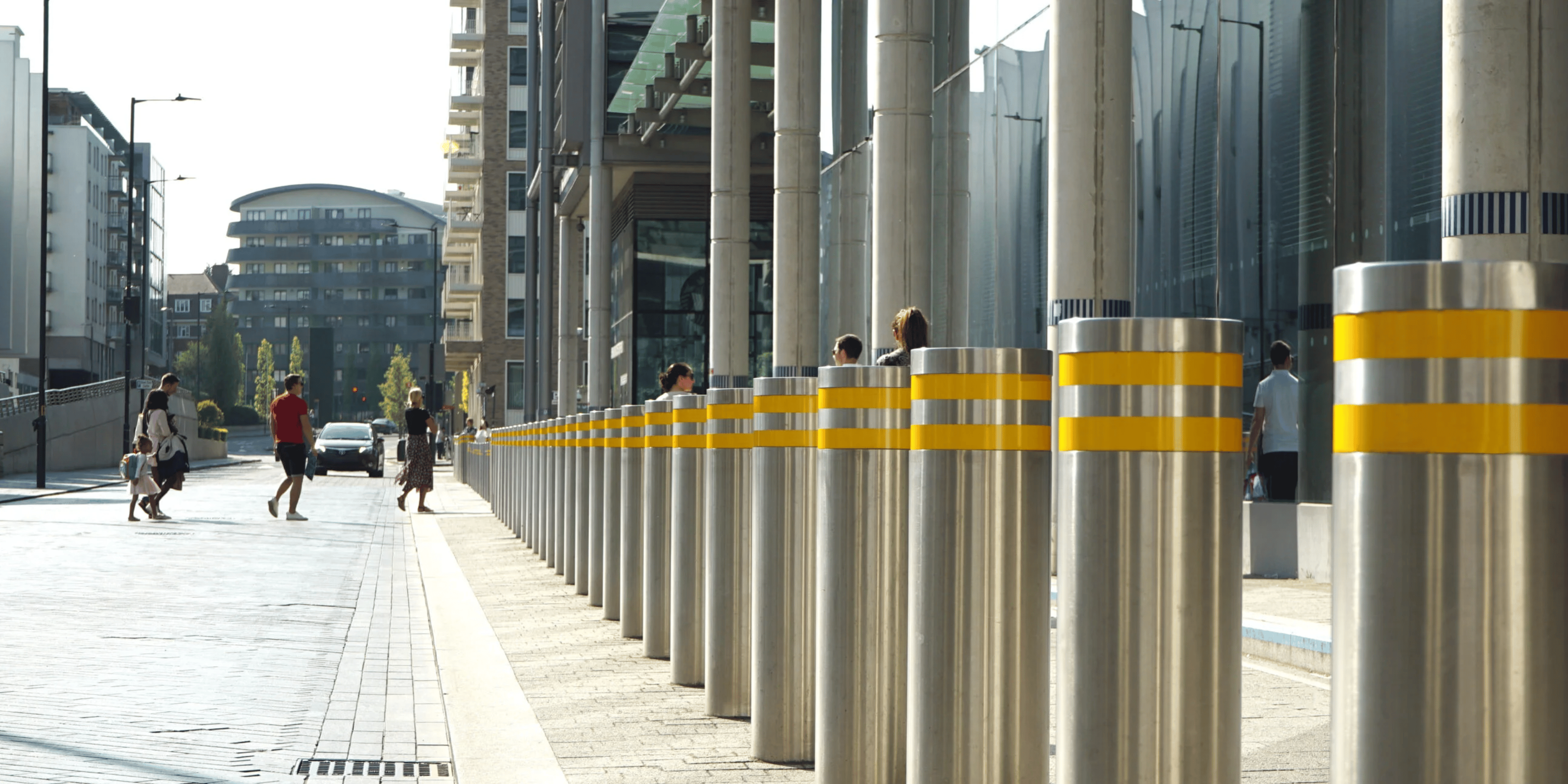
4 Best Practices for Building Site Security Management
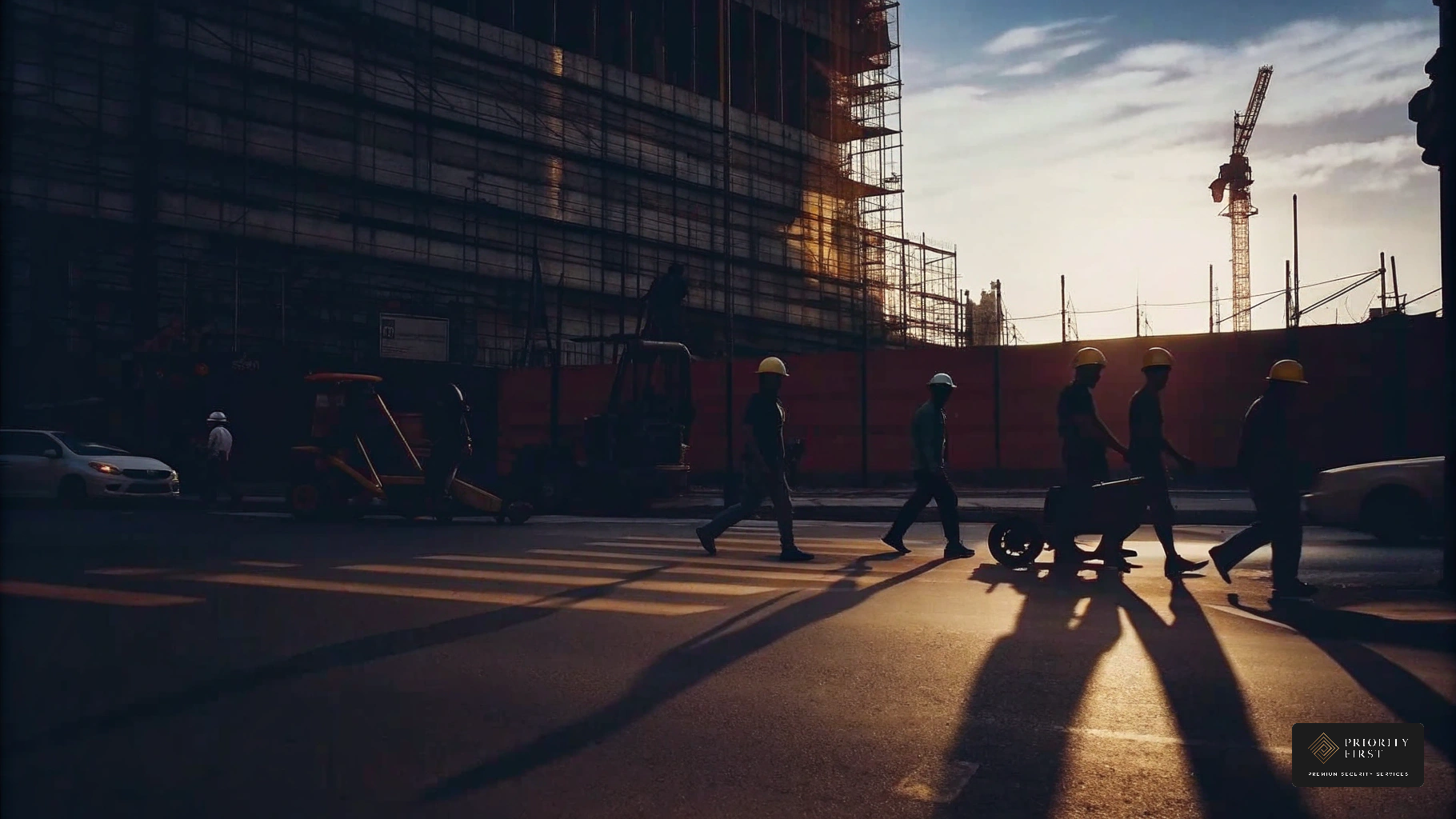
Overview
The article centres on effective site security management in construction, highlighting the critical nature of a comprehensive security plan. Security challenges in the construction sector are significant, with theft, vandalism, and unauthorised access posing serious risks. Ignoring these threats can lead to substantial financial losses, operational disruptions, and reputational damage. Thus, businesses must prioritise risk mitigation strategies and leverage advanced technology to enhance their security posture.
In practise, ongoing safety management practises are essential for protecting construction sites. The lesson is clear: a robust security framework not only safeguards assets but also ensures business continuity. Priority First offers pragmatic solutions tailored to these needs, reflecting a commitment to long-term value rather than quick fixes.
Ultimately, early investment in site security is crucial. By addressing these challenges proactively, construction firms can prevent greater losses down the line, reinforcing their resilience in an increasingly competitive landscape.
Introduction
Construction sites face significant vulnerabilities, with theft, vandalism, and unauthorised access posing serious risks. This reality underscores the need for effective security management, which is a critical concern for project managers. By prioritising best practises in site security, stakeholders can safeguard valuable assets and promote a safer working environment for all personnel involved. Ignoring these risks can lead to substantial financial, operational, and reputational consequences. Therefore, it is essential for construction teams to adopt proactive measures that not only address potential threats but also maintain operational efficiency. This article explores key strategies for developing a comprehensive security management plan that meets these challenges directly.
Develop a Comprehensive Construction Site Security Plan
To establish a robust building site security strategy, it is imperative to commence with a thorough tailored to the specific vulnerabilities of the construction area. This assessment must include a review of the site layout, access points, and the surrounding environment. Engaging all stakeholders—project managers, safety personnel, and workers—is crucial to ensure the plan is practical and encompasses all operational dimensions.
The security plan should delineate detailed protocols, emergency response procedures, and effective communication strategies to ensure building site security. Regular evaluations and updates are essential to adapt to evolving conditions, thus maintaining the plan's effectiveness throughout the project lifecycle.
For instance, a construction site situated in a high-crime area may necessitate enhanced building site security, including advanced surveillance systems and stricter access controls, compared to a site located in a lower-risk environment. By prioritising these aspects, project managers can significantly mitigate risks and safeguard their initiatives.
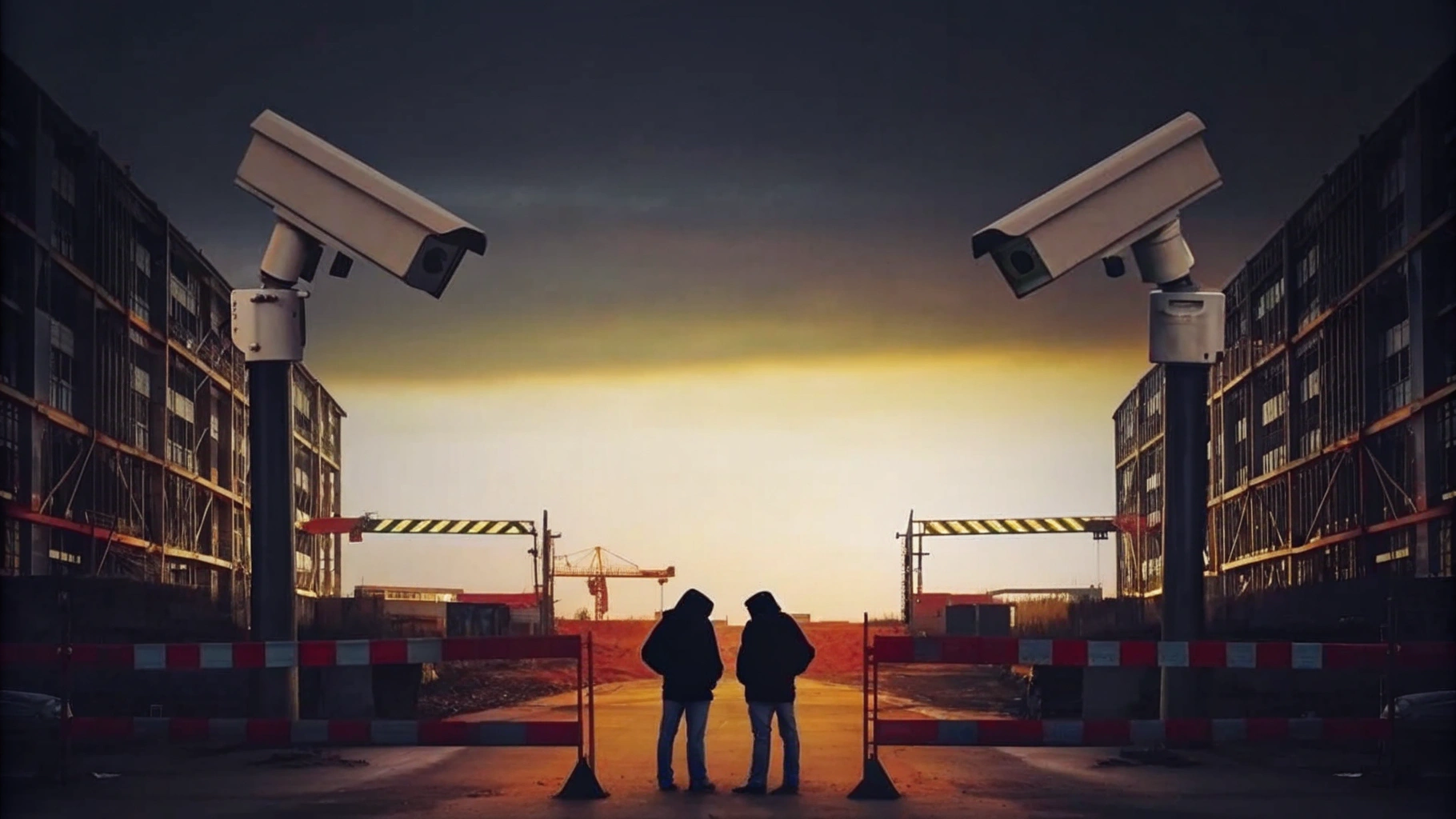
Identify and Mitigate Key Risks in Construction Security
Key risks in construction safety, such as theft of materials and equipment, vandalism, and unauthorised access, underline the need for effective building site security to address these significant challenges for businesses. The reality is that these risks can lead to substantial financial losses and operational disruptions. To mitigate these threats, it is essential to adopt a multi-tiered protection strategy that through the combination of physical barriers, surveillance, and staff training.
Implementing perimeter fencing and access control systems can effectively improve building site security by deterring unauthorised entry. In practise, routine patrols by security personnel are crucial for building site security as they help identify suspicious behaviour early. Moreover, conducting regular safety inspections ensures compliance with regulations and helps uncover potential risks that could lead to accidents or breaches.
A case analysis from a major building project in London illustrates this point: by enhancing boundary protection and conducting thorough background checks on staff, building site security resulted in a remarkable 40% decrease in theft occurrences. The lesson is clear—early investment in building site security measures not only protects assets but also contributes to long-term business continuity.
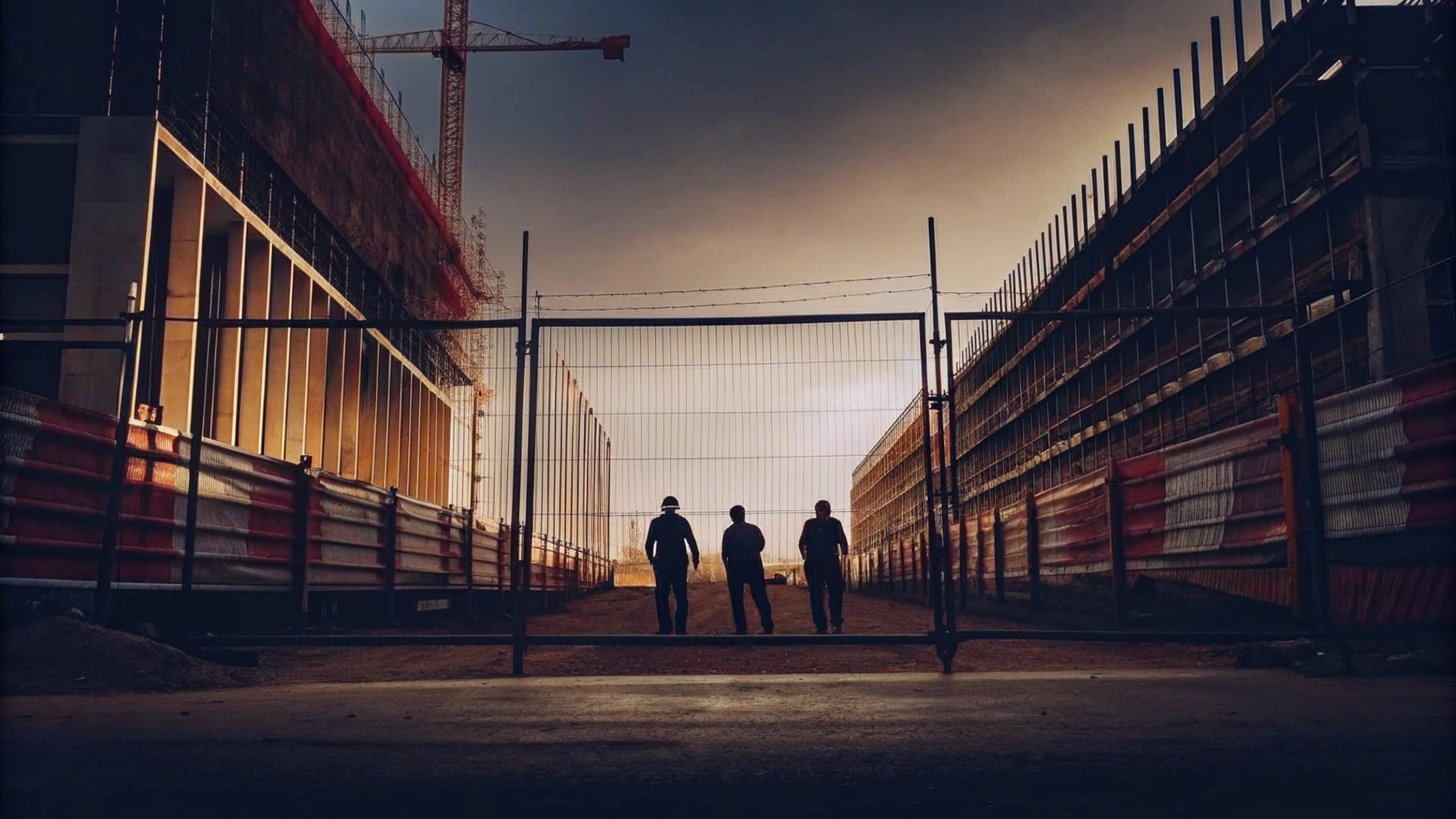
Leverage Advanced Technology for Enhanced Security Monitoring
Incorporating advanced technology into building site security significantly enhances monitoring capabilities. Intelligent CCTV systems, equipped with automated threat detection, deliver real-time alerts to security personnel, thereby enhancing building site security and facilitating swift responses to potential incidents. For instance, construction sites utilising AI-powered CCTV have experienced a notable 73% reduction in alerts over five weeks, indicating improved behaviour and compliance. Furthermore, behavioural analysis software is essential in identifying unusual activity patterns, thereby bolstering safety. Predictive risk modelling leverages historical data and current conditions to anticipate vulnerabilities, allowing for proactive measures.
A pertinent example involves a construction site that adopted smart reporting systems, resulting in a 50% decrease in response times to incidents. This capacity for rapid intervention not only mitigates risks but also enhances overall site safety. To maximise the effectiveness of these technologies, is crucial, ensuring they are adequately prepared to respond to alerts and fully utilise the systems available to them.
Implement Best Practices for Ongoing Site Security Management
To ensure robust on construction sites, regular inspections and comprehensive training sessions for all personnel are imperative. These audits should encompass a thorough assessment of existing safety protocols, updates on new technologies, and emergency drills to adequately prepare staff for potential incidents. Promoting open dialogue among team members is vital, as it facilitates the prompt reporting of safety concerns. Additionally, maintaining a detailed record of events and responses enables teams to identify patterns and enhance protective measures effectively.
The reality is that a construction site implementing monthly safety assessments can effectively identify recurring vulnerabilities. This proactive approach allows for strategic modifications that significantly enhance site safety. Engaging with local law enforcement and community resources further bolsters security efforts, fostering a collaborative environment that prioritises a secure and productive workplace. Regular audits not only help identify weaknesses but also ensure compliance with health and safety regulations, ultimately safeguarding both personnel and assets.
In practise, the implications of neglecting safety management can be severe, leading to financial losses, operational disruptions, and reputational damage. Therefore, early investment in safety protocols is not merely an expense; it is a fundamental aspect of business continuity. Priority First stands ready to provide pragmatic solutions that address these critical challenges, ensuring that safety is integrated into the broader context of business resilience.
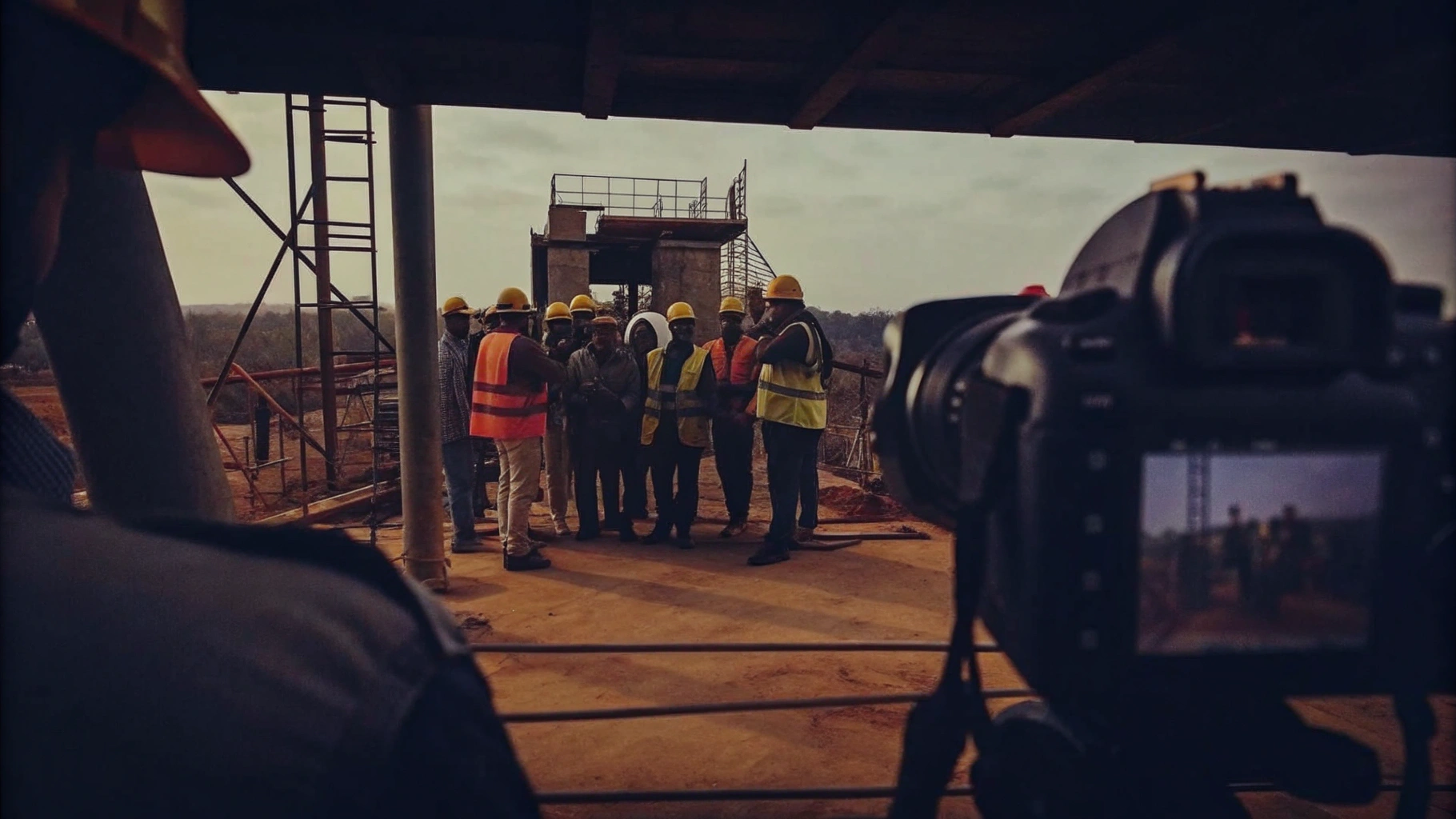
Conclusion
Building site security management is a critical component of ensuring safety and operational efficiency in construction projects. A comprehensive approach that encompasses risk evaluation, advanced technology, and ongoing management practises is essential for mitigating potential threats. By implementing a detailed security plan tailored to the unique vulnerabilities of each site, stakeholders can significantly enhance their ability to protect both personnel and assets.
The reality is that risks such as theft, vandalism, and unauthorised access must be identified and addressed through multi-tiered protection strategies. The integration of advanced technologies, like intelligent CCTV systems and predictive risk modelling, can further bolster security measures, leading to improved monitoring and quicker response times. Regular training and safety assessments are vital in maintaining a proactive security posture, ensuring that all personnel are equipped to handle potential incidents effectively.
Ultimately, prioritising site security is not just about safeguarding physical assets; it is about fostering a culture of safety and resilience within the construction industry. By adopting these best practises, project managers can not only protect their investments but also contribute to a safer working environment. Engaging with local resources and continuously improving security measures will help create a secure and productive atmosphere, allowing construction projects to thrive.
Frequently Asked Questions
What is the first step in developing a construction site security plan?
The first step is to conduct a thorough risk evaluation tailored to the specific vulnerabilities of the construction area.
What should a risk assessment include?
A risk assessment should include a review of the site layout, access points, and the surrounding environment.
Who should be engaged in the security planning process?
All stakeholders, including project managers, safety personnel, and workers, should be engaged to ensure the plan is practical and comprehensive.
What key components should be included in a construction site security plan?
The security plan should include detailed protocols, emergency response procedures, and effective communication strategies.
How often should the security plan be evaluated and updated?
The security plan should be regularly evaluated and updated to adapt to evolving conditions throughout the project lifecycle.
How does the location of a construction site impact security measures?
A construction site in a high-crime area may require enhanced security measures, such as advanced surveillance systems and stricter access controls, compared to a site in a lower-risk environment.
What is the ultimate goal of prioritising security measures on a construction site?
The ultimate goal is to significantly mitigate risks and safeguard the construction initiatives.



